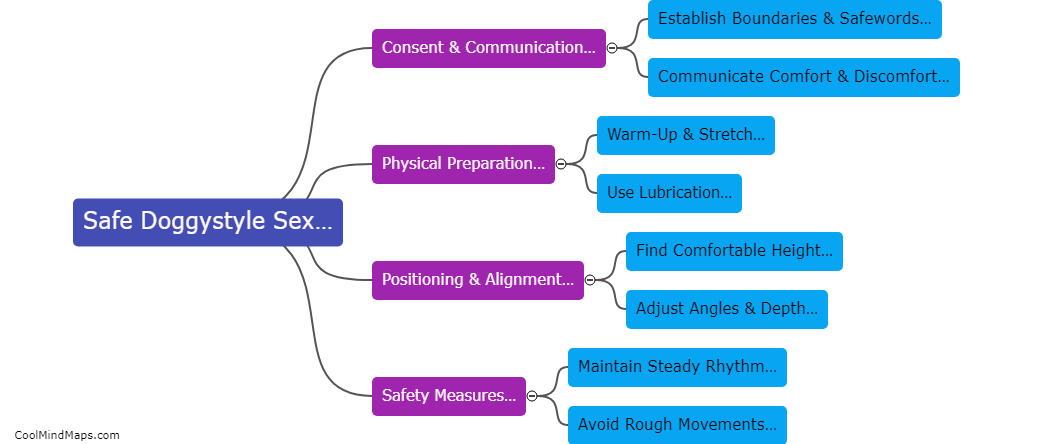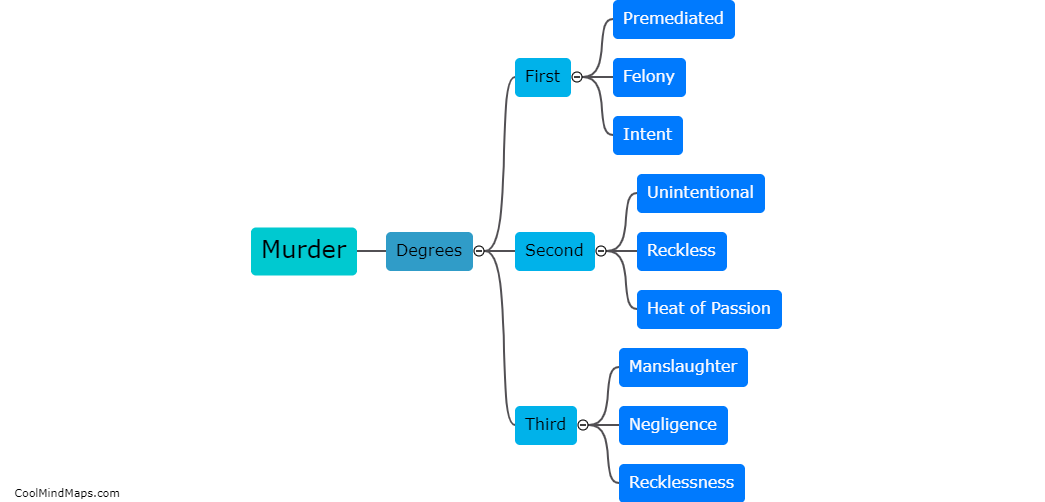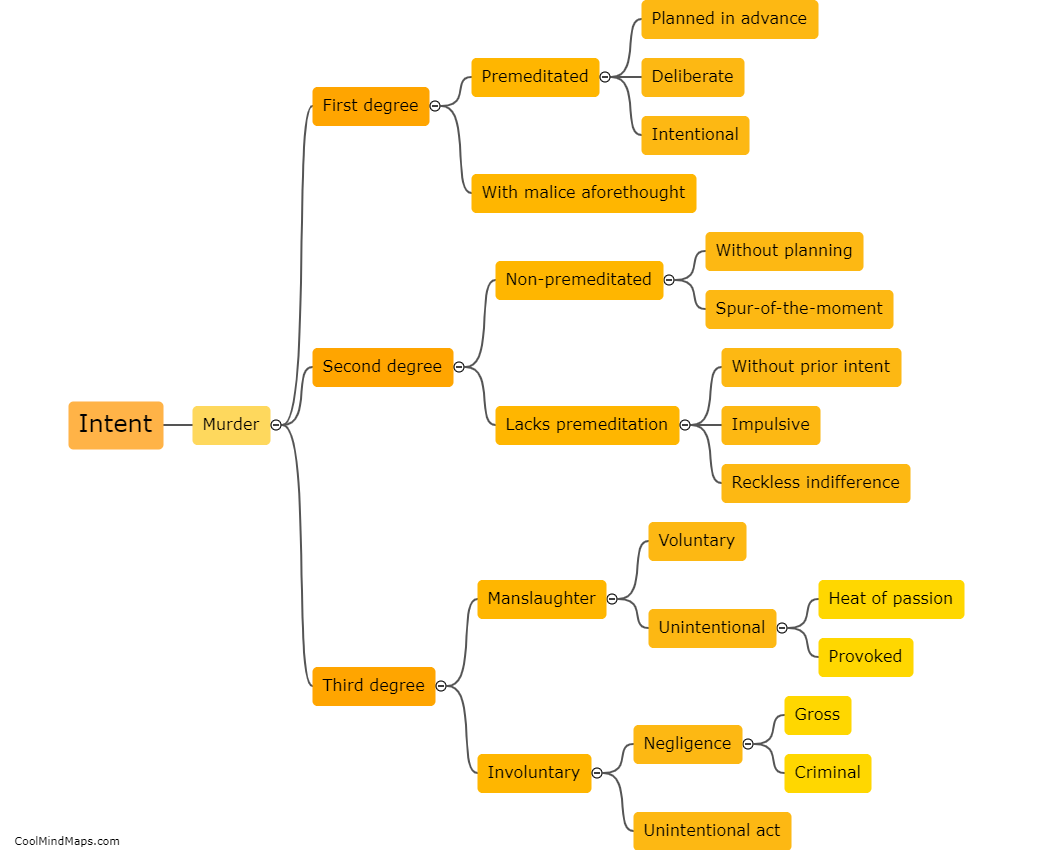What are the different degrees of murder?
Different jurisdictions have varying degrees of murder to differentiate the severity of the crime and the level of intent involved. In general, the degrees of murder can be categorized into first degree, second degree, and sometimes third degree murder. First-degree murder is the most severe and typically involves premeditation and willful intent to kill. It often carries a mandatory life sentence or even the death penalty. Second-degree murder typically lacks premeditation but still involves a deliberate intention to cause harm, resulting in death. Sentences for second-degree murder can vary, but generally carry substantial prison terms. Third-degree murder, which may or may not exist in all jurisdictions, generally refers to unintentional killings that occur during the commission of a dangerous felony. The penalties for third-degree murder tend to be less severe than those for first or second-degree murder, but still substantial. The exact definitions and classifications may vary by jurisdiction, so it is important to consult specific legal codes for more precise information.

This mind map was published on 20 December 2023 and has been viewed 74 times.











